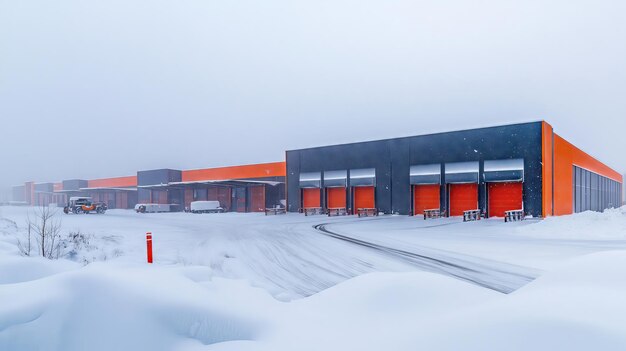
3. Seasonal Shifts: Forecasting Demand vs. Supply Chain Stress
Retailers don’t just respond to weather — they anticipate it. Take REI for example. The brand’s supply chain pivots based on seasonal outdoor trends. When snow hits early in Colorado, REI ensures snowboards, ski gear, and winter apparel arrive in stores well ahead of time.
Similarly, Amazon adjusts its Prime delivery promises based on real-time weather updates. A snowstorm in Pennsylvania could trigger automated rerouting and proactive customer communication — a sophisticated interplay of tech and meteorology.
4. Weather Tech and AI: Smarter Retail Decisions
Today, AI and advanced weather forecasting help predict the impact of storms or heatwaves on everything from foot traffic to delivery schedules.
Brands like Kroger are integrating weather APIs with inventory systems. If a heatwave is predicted in Texas, expect a spike in bottled water and sunscreen — and the brand makes sure those products are stocked and strategically distributed days before temperatures rise.
Even fast fashion brands like Zara adjust shipments to local stores based on short-term weather data. A cold front in Atlanta could lead to a last-minute shift from summer to fall collections.
continue reading…


